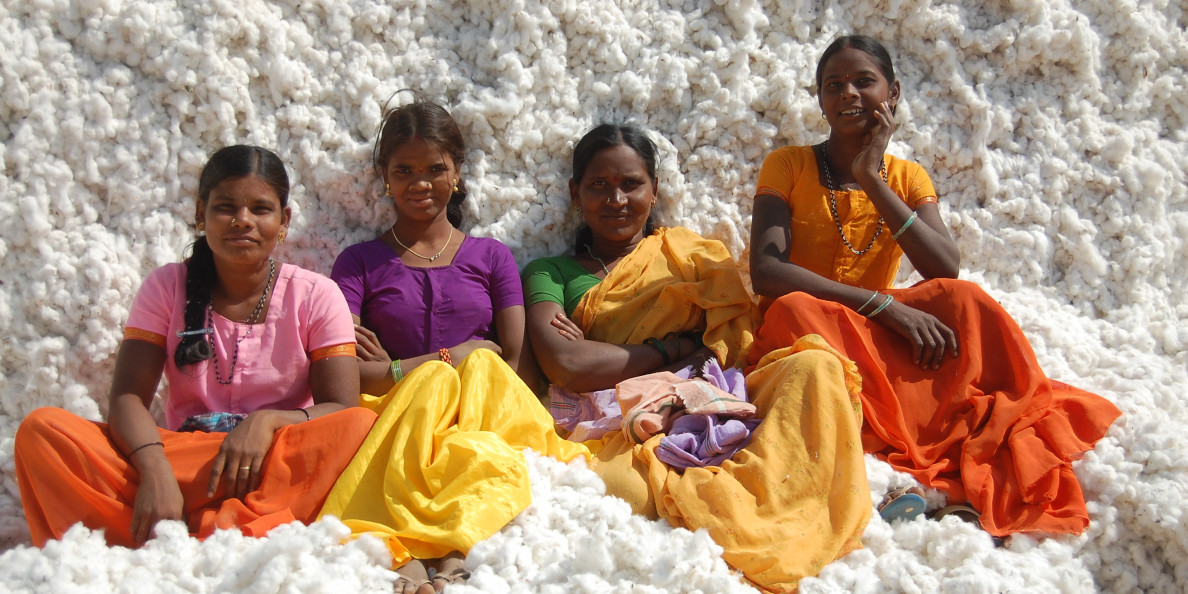If there are few things India appears to be gaining out of the ongoing trade war between the US and China – at least in the short term. The cotton trade is certainly one of them. Ever since the trade war between the two countries broke out, India has exported 150,000 bales of cotton to China. Going by the Cotton Association of India (CAI) statistics, in the last 10-15 days India has contracted 150,000-200,000 bales for exports to China.
That’s not without a reason. China is heavily dependent on cotton imports from the US. China, the largest consumer of cotton, is the second-largest buyer of American fiber with one out of every five bales headed there. Following the trade war, China has imposed tariffs on import of cotton from the US. Cotton is one of the 106 US goods on which Beijing has imposed up to 25 per cent tariffs.
So with fresh high tariffs on the import of cotton from the US, Chinese manufacturers who need the raw material in large quantities would all but shift increasingly to India. Also, Indian cotton prices are 10 cents cheaper (at 80 cents per pound) against global price on the Intercontinental Exchange. The other factor favouring India is the low freight charges.
CAI, in its latest approximation, has raised its estimate for India’s export to 6.5 million tonnes in 2017-18 (October-September) from 5.5 million tonnes projected at the start of season. Last year, the country exported about 5.82 million bales of cotton. For CY2017/18, consumption is forecast at 32.4 million bales, up 5.5 per cent from last year’s consumption of 30.7 million bales.
The impact of these developments and factors was immediately felt in the market in India. “MCX cotton futures is trading on a positive note since the start of April and jumped almost 2.2 per cent (Rs 440 per bale) on reports of lower acreage, increase in export demand from China and rise in mill consumption. Prices have been supportive as cotton production for the country revised downwards for the fourth consecutive month by CAI to 36 million bales from 37.5 million bales, estimated in December 2017,” said Ritesh Kumar Sahu, fundamental analyst (agri commodities), Angel Commodities Broking.
CAI has brought down cotton output projection in March to 36 million bales from February estimates of 36.2 million bales. Last year the output was 33.8 million bales. Mill consumption is expected to drop to 32.4 million bales (33 million bales), while exports may increase to 6.5 million bales (6 million bales). With overall supply expected to touch 41 million bales, the closing stock by the season-end is expected to be higher at 2.7 million bales (2.2 million bales). One has also to keep in mind that cotton consumption is expected to improve over last year due to various government schemes and incentives to boost garment and apparel exports will renew mill activity.
Sahu of Angel Commodities said, “We expect cotton to trade on a positive note towards Rs 21,500 per bale (CMP: 20,620) in next one month on expectation of improved exports demand and reports of reduction in cotton acreage in coming kharif season. But if India’s exports during the recent month surge due to US-China trade war, cotton acreage may increase, supported by near normal monsoon forecast. During the current season, China is the fourth largest market for Indian cotton after Bangladesh, Vietnam and Pakistan. But India is hoping to export three times more cotton – about 2.7-3 million bales – to China next year as it looks to restock cotton and also going to impose a 25 per cent import tax on the US cotton. Moreover, cotton prices may also increase if government declare the minimum support price 1.5 times the cost of cultivation,” Sahu said.
ritwikmukherjee@mydigitalfc.com


